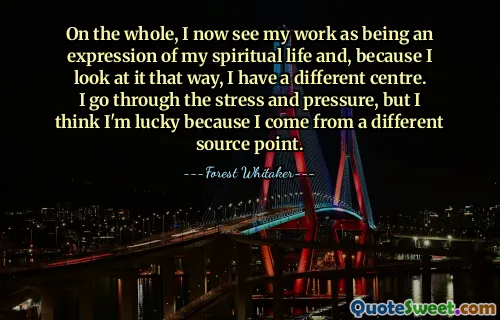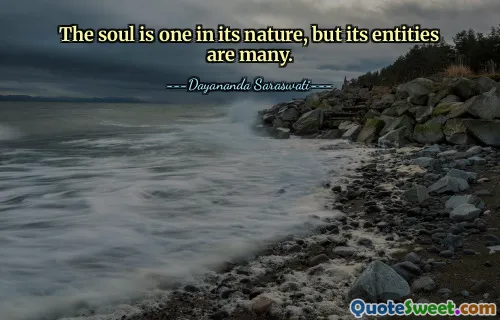
Bronze - limbed and well - knit, like a statue wrought by a Grecian, he stood on the sand with his back to the moon, and out of the foam came white arms that beckoned to him, and out of the waves rose dim forms that did him homage. Before him lay his shadow, which was the body of his Soul, and behind him hung the moon in the honey - coloured air.
This passage paints a vivid and almost mythic portrait of a figure standing on the sand, embodying strength and grace through its comparison to a Grecian sculpture. The image of the figure with 'bronze' limbs evokes a sense of timelessness and divine beauty, reminiscent of classical ideals of perfection. The setting by the sea, with the moon hanging overhead and the foam from the waves, introduces an ethereal atmosphere and suggests a liminal space where reality blurs with the surreal. The white arms emerging from the foam beckon the figure, symbolizing perhaps an irresistible call to some higher or subconscious realm, blurring the boundaries between the physical and the spiritual. The dim forms rising from the water paying homage elevate the scene to one of reverence or acknowledgment of a deeper truth, possibly hinting at spiritual guides or ancestral spirits. The shadow—the body of his Soul—indicates that the true essence of oneself resides beneath the surface, not merely in the physical form but in one's inner life and spiritual essence. The moon behind him in the honey-colored air creates a warm, dreamlike ambiance, suggesting serenity but also mystery. Overall, this passage deeply explores themes of self-awareness, spirituality, and the eternal struggle between the physical self and the inner soul. It beckons the reader to reflect on the mystical connections between our outer appearance and inner realities, illustrating that true understanding often requires looking beyond what is immediately visible into the shadowy depths of our being.






